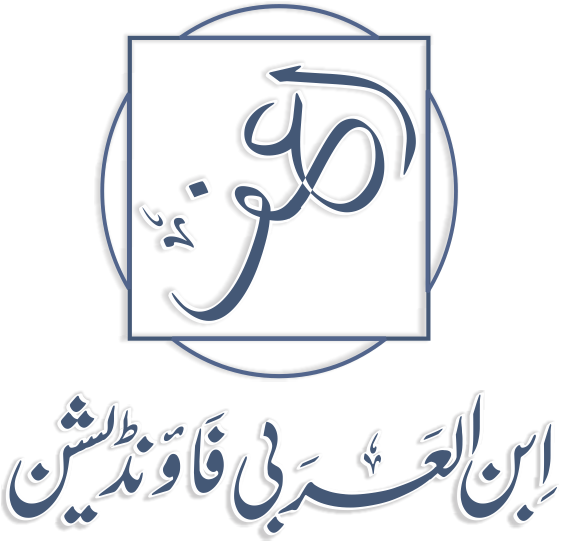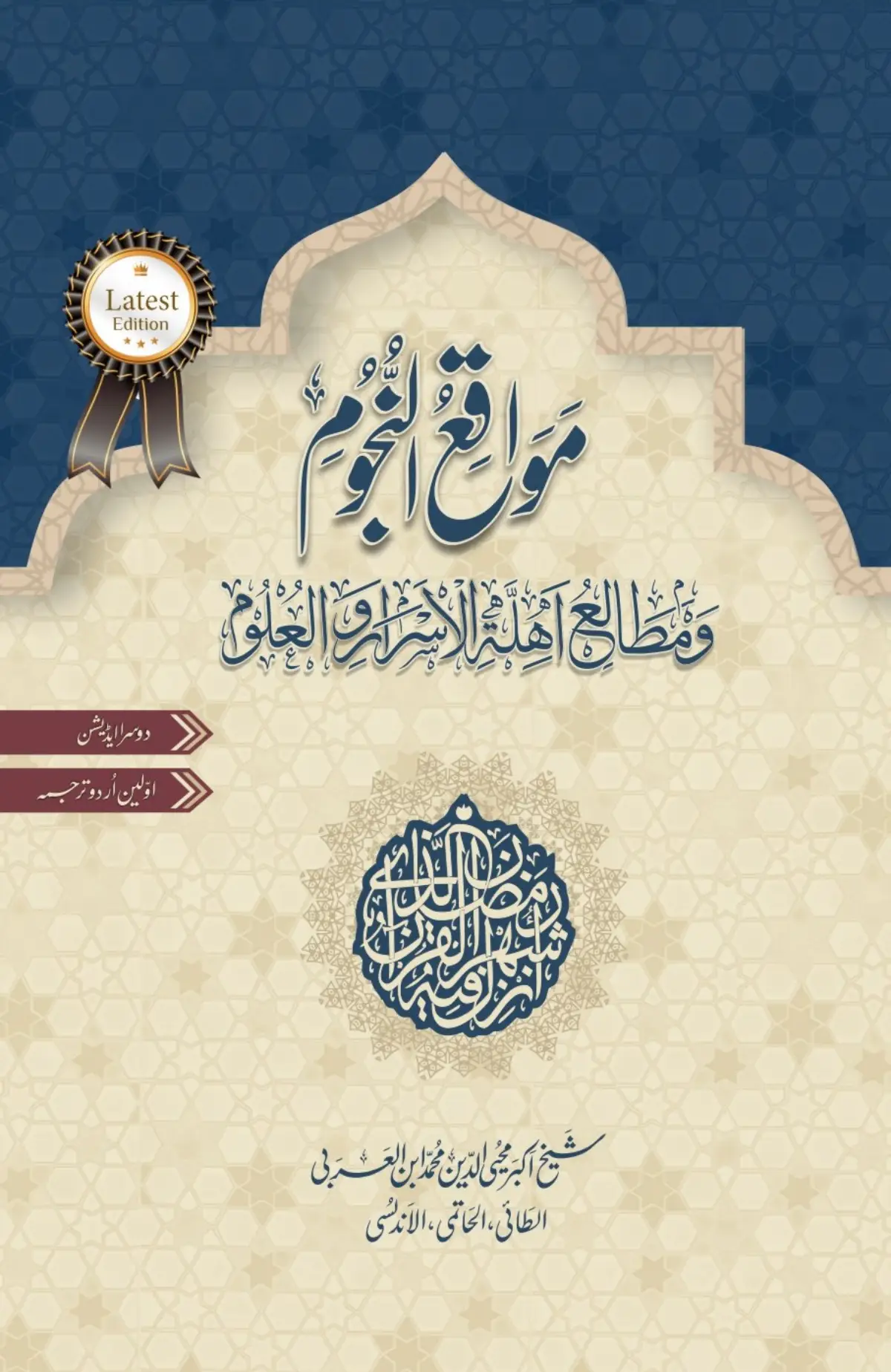Mawaqi al-Nujum
Settings of the Stars
By Shaykh al-Akbar Muhyiddin Ibn al-Arabi
Composed in Almeria over the course of eleven nights during Ramadan in 595/1199, this book was dedicated to Ibn al-‘Arabi’s disciple Badr al-Ḥabashi. Within its pages, the author expounds upon the three levels of surrender (islām), faith (īmān), and right action (iḥsān), as well as their corresponding degrees of potential realization. Of particular note is Ibn al-‘Arabi’s discussion of the seven external bodily parts, including the eyes, ears, tongue, hands, stomach, genitals, and feet, and how they may be utilized in the act of Divine praise. The author underscores the importance of extending Divine mercy to others, stating “This is the Mercy which has extended over you – so extend it!” Furthermore, Ibn al-‘Arabi emphasizes that this book is not only meant for disciples, but also for masters, as it represents the highest level attainable in the sacred Law of worship. The benefits of this book, according to the author, are immense and those who possess it will find sustenance in its pages with the aid of God
8 Manuscripts
More than 8 Key Manuscripts Collated from the most reliable global sources (Tier 1 & Tier 2).
1st Urdu Translation
First-ever complete Urdu translation
by Abrar Ahmed Shahi.
Best Critical Edition
Best edition available for this book.
Edition Highlights
Details
Author: Shaykh al-Akbar Muhyiddin Ibn al-Arabi
Editor: Ahmed Muhammad Ali, Abrar Ahmed Shahī
Translated by: Abrar Ahmed Shahi
No of Volumes: 2
Urdu Pages: 370
ISBN: 9789699305139
Dimensions: 5.5 × 8.5 cm
Edition: 22st. Oct 2022
Urdu Translation
By Abrar Ahmed Shahi
The first-ever complete Urdu translation, undertaken by Abrar Ahmed Shahi, co-founder of the Ibn al-Arabi Foundation. Leveraging 19 years of dedicated experience with Ibn Arabi’s works, this translation aims for both fidelity to the original Arabic and clarity for the Urdu reader.
مواقع النجوم
اس کتاب کے بارے میں شیخ اکبر فتوحات مکیہ میں فرماتے ہیں: میں نے اِسے شہر المریہ میں رمضان المبارک سن 595 ھ کے گیارہ ایام میں لکھا۔ یہ (کتاب) شیخ سے بے نیاز کرتی ہے بلکہ شیخ کو اس کی ضرورت ہے، بے شک شیوخ میں عالی بھی ہیں اور اعلیٰ بھی، اور یہ کتاب اس اعلیٰ مقام پر ہے کہ جس پر کوئی شیخ ہو سکتا ہے، کہ (ہماری) شریعت میں اِس سے آگے کوئی مقام نہیں، جس کا ہمیں مکلف کیا گیا۔سو یہ (کتاب) جس کے ہاتھ لگے تو اُسے چاہیے کہ اِس پر توفیق الٰہی سے اعتماد کرے؛ کیونکہ اِس کا فائدہ عظیم ہے۔ اور میں تجھے اس کی منزلت کی پہچان اسی لیے کروا رہا ہوں کیونکہ میں نے حق تعالی کو خواب میں دو مرتبہ دیکھا، اور وہ مجھے کہہ رہا تھا: “میرے بندوں کو نصیحت کر۔” یہ وہ سب سے بڑی نصیحت ہے جو میں نے تجھے کی، اللہ ہی توفیق دینے والا ہے اور اسی کے ہاتھ ہدایت ہے، ہمارے ہاتھ تو کچھ نہیں۔
شیخ نے اس کتاب کو اعلیٰ درجے کا شیخ کہا، بلکہ یہ تک کہا کہ یہ شیخ سے بے نیاز کرتی ہے اور شیخ کو اِس کی ضرورت ہے۔ اب ذرا یہ بھی دیکھیں کہ اس کتاب کے مقدمے میں شیخ اکبر کیا فرما رہے ہیں: اے عقلِ سلیم کہ جو اوصافِ کمال و اِکمال سے متصف ہے؛ میں نے یہ رسالہ جس کا نام “مَوَاقِعُ النُّجُومِ، ومَطَالِعُ أَهِلَّةِ الأَسْرَارِ وَالعُلُومِ” ہے ہر فہم رکھنے والے طالبِ ہدایت، تبحرّ ِعلمی رکھنے والے عالم، اور خالص چشمے سے – جو کافور اور تسنیم سے مخلوط ہے – پینے والوں کے لیے وضع کیا ہے۔ اور ہر پینے والے کا پینا بھی شدید پیاسے کی طرح پینا ہے۔
ان (مقامات) میں ستارے فہم والے طالب کے لیے ہیں اور ہلال اُس ربانی حکیم کے لیے جو اخلاق اور علوم کے اسرار سے متحقق ہے۔ میں اِس قرض دار اور فقیر کے پاس ان (ستاروں اور ہلالوں) میں آتا جاتا رہوں گا؛ ایک پر حکم لگاؤں گا تو دوسرے کو منصب پر بٹھاؤں گا۔
یہاں بھی شیخ اکبر نے اس کتاب کو تین لوگوں میں تقسیم کیا ہے: ایک فہم والا طالب ہدایت یعنی مرید اور سالک، دوسرا تبحر علمی رکھنے والا عالم یعنی جو سلوک کے ساتھ ساتھ علم میں بھی درجہ کمال پر ہے اور تیسرا خالص چشمے سے پینے والا صاحب تحقق، وہ جس کی رہنمائی حق تعالی خود کر رہا ہے۔ اس کتاب سے نفع اٹھانے میں ہر مرید، شیخ اور صاحب تحقیق شامل ہے۔ہر ایک کے لیے اس کے پینے کا پانی ہے یعنی کتاب میں مقسوم جز ہے۔ آگے چل کر شیخ اکبر نے یہ بھی واضح کر دیا کہ کون سا حصہ کس کے لیے ہے، لکھتے ہیں: “ان (مقامات) میں ستارے فہم والے طالب کے لیے ہیں اور ہلال اُس ربانی حکیم کے لیے جو اخلاق اور علوم کے اسرار سے متحقق ہے۔” جبکہ تیسرے کے لیے اشارات ہیں چونکہ وہ خود صاحب تحقیق ہے اور اس کی رہنمائی حق خود فرما رہا لہذا وہ ان اشارات میں اپنی راہ کی حقیقت سمجھ سکتا ہے۔
Manuscripts Detail
In Ramadan 2017 I began work to critically edit Mawaqi al Nujum of Muhyiuddin Ibn al-Arabi (d. 638 AH), relying on more than seven of the earliest manuscripts that I had obtained from several sources. Some of these manuscripts are received from the archive Project of Ibn Arabi Society, Oxford. And we have arranged the remaining four from our own archive and from our contacts. Detail of the manuscripts are:.
1- Yusuf Aga 5001
In hand wiriting of Sadruddin Qunawi
This manuscript of Mawaqi al Nujum, authored by Sadruddin Qunawi and enriched with samāʿ, stands as the optimal version. It holds the Shaykh’s authentic signatures and a samaa. We’ve chosen this as our foundational text for our edition, despite roughly half of each page being significantly impaired by water damage.
2- Bayazet 3750
Penned in 596 H in Qurtaba
Bayazet 3750 stands as our second oldest manuscript. It explicitly indicates its lineage, being copied from a manuscript transcribed by a scribe who replicated it from a compilation derived from the original manuscript penned in 596 AH in Qurtaba. The copying date of this manuscript is Rabi al-Awwal 782 AH..
3- Shehit Ali 1431
Dated 676 AH
Shehit Ali 1431 presents a comprehensive duplication, with every chapter title elegantly inscribed in red ink and sequentially numbered. The manuscript bears the date 676 AH, exuding a distinct clarity that characterizes early copies of Mawāqiʿ. Comprising 17 lines per page, the red headings provide an aesthetic touch. Notably, the poems are aligned to the left, mirroring the distinctive style of IA (presumably the author, Ibn Arabi), implying a direct replication from the original manuscript crafted by the author’s own hand.
4- Majlis shora milli 594
From a copy dated 606H
Majlis shora milli 594 presents an exquisitely executed early rendition, distinguished by its red-titled headings. Notably labeled on folio 1a as originating from the writings of Shaykh al-Imām al-ʿĀlim al-ʿĀmil al-Zāhid al-Warʿ, the esteemed shaykh al-ʿĀrifīn and qudāt al-muḥaqqiqīn, Muhammad bin Ali bin al-Arabi al-Hatami. The copy’s date of transcription, Muḥarram 653H, is sourced from a version made in Damascus during Dhu’l-Hijja 606H. The only setback lies in its deficiency of at least 16 pages, a minor drawback to an otherwise remarkable manuscript..
5- Fakhr al-Din al-Khurasani
Copied in the year 814 in Zubaid Yemen
Fakhr al-Din al-Khurasani’s compilation comprises over 60 pieces by Shaykh al-Akbar, meticulously transcribed in the year 814 by an ardent follower, Fakhr al-Din Khurasani, in Zubaid, Yemen. This comprehensive assembly holds immense significance, with certain works featuring annotations suggesting replication from the originals. Overall, we’ve recognized this compilation as a valuable assortment of Ibn al-Arabi’s oeuvre, attesting to its quality and authenticity.
6- National Library of Pakistan
Copied from a good manucript
Hailing from the National Library of Pakistan, this manuscript of Mawaqi al Nujum emerges as a late copy originating from Hyderabad Deccan, India. Despite its tardy composition, it faithfully reproduces the contents of the book, drawing from a reputable source. The origin manuscript is attributed to 798 AH. In our current edition, we’ve categorized this manuscript as a second-class representation, acknowledging its significance and alignment with the overall compilation.
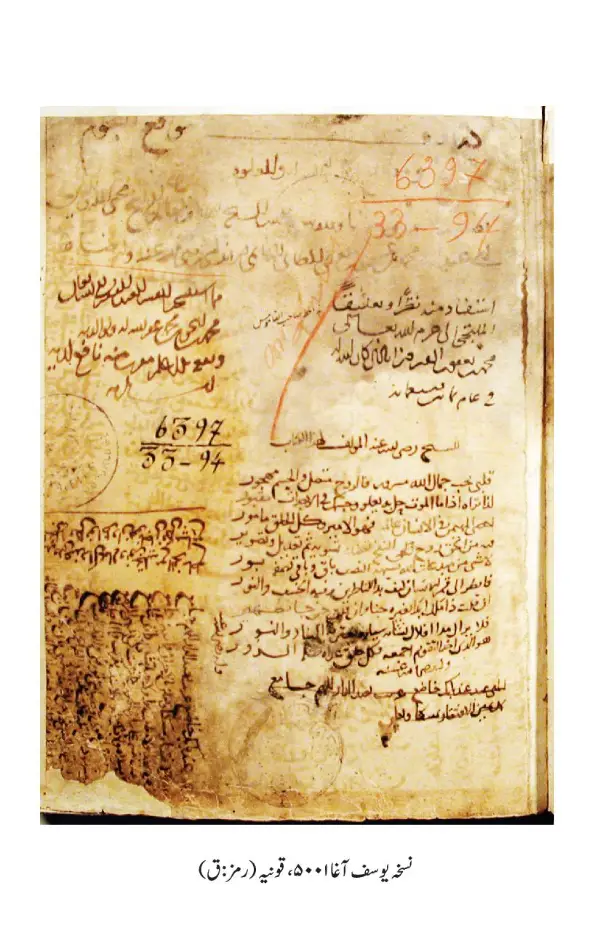
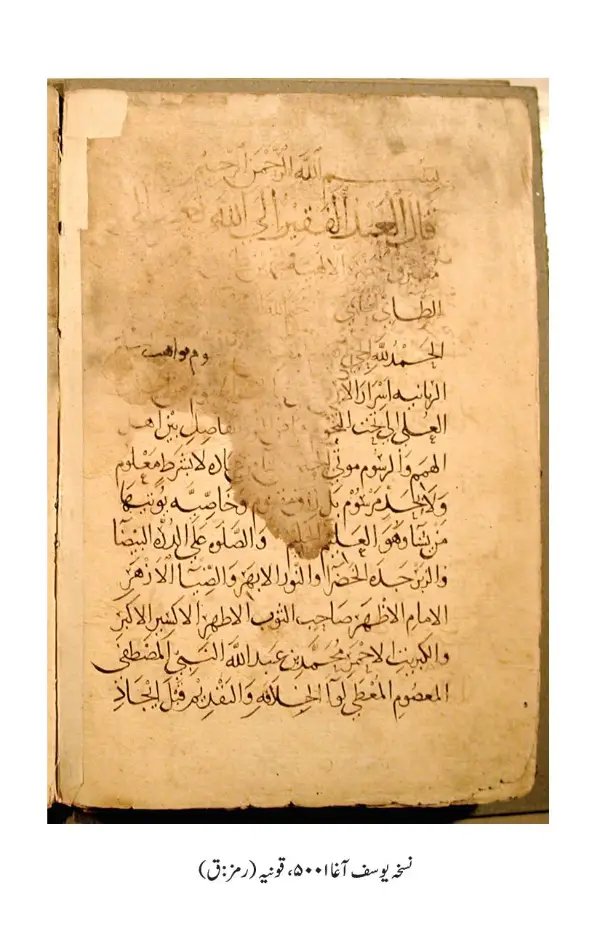
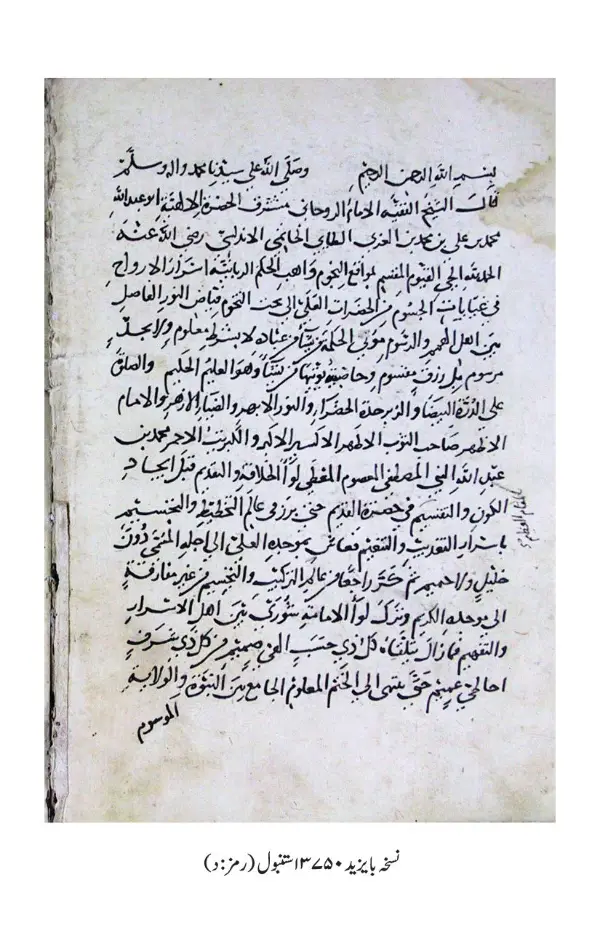
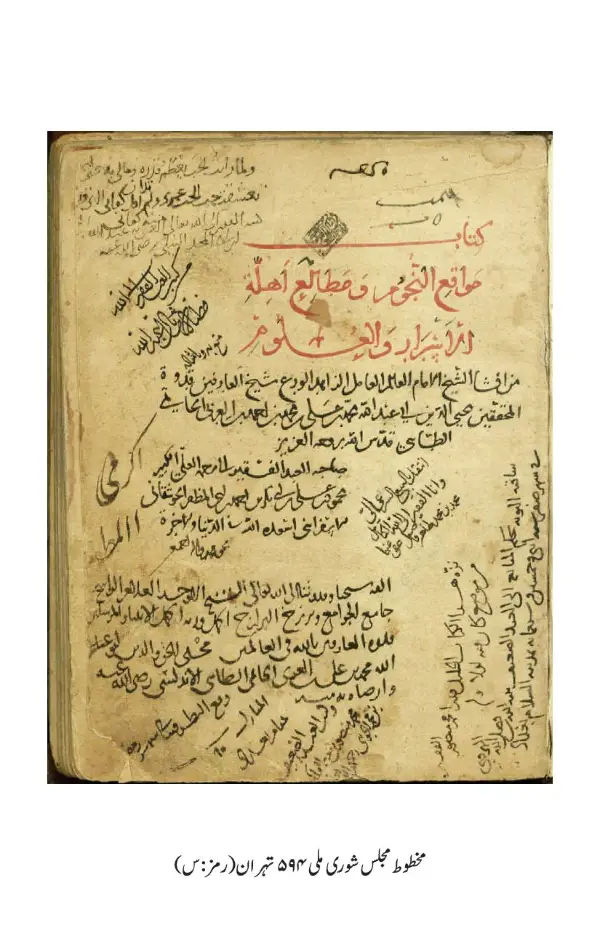

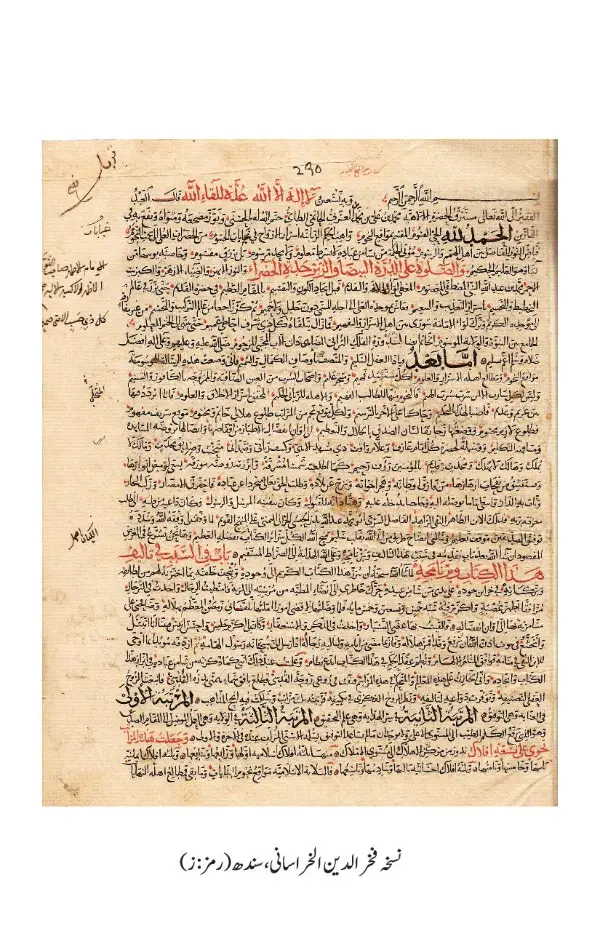
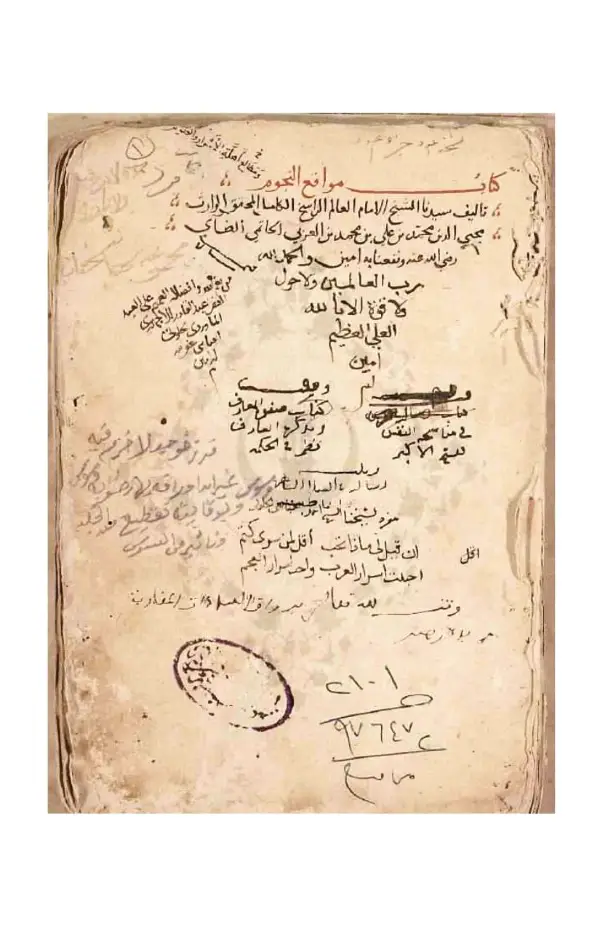
The Author: Shaykh al-Akbar
Muhyiddin Ibn al-Arabi (1165–1240)
Revered as the “Greatest Master” (Shaykh al-Akbar), Ibn al-Arabi stands as one of the most influential and profound figures in the history of Islamic thought. An Andalusian mystic, philosopher, poet, and scholar, his vast body of work explores the depths of metaphysics, cosmology, theology, and the nature of reality itself.
His teachings, particularly on the Unity of Being (Wahdat al-Wujud), have shaped Sufi traditions and Islamic philosophy for centuries. Kitab al-Tajalliyat, the “Book of Theophanies,” is a key work offering intimate insights into the nature of Divine Self-disclosure.
The Editor & Translator
Abrar Ahmed Shahi
Abrar Ahmed Shahi is a distinguished Pakistani Sufi scholar, Editor & Translator, recognized globally for his dedication to the works of Shaykh al-Akbar Muhiyiddin Ibn al-Arabi. In 2007, he founded the Ibn al-Arabi Foundation, an organization committed to the preservation, translation, and dissemination of the Shaykh’s vast literary heritage.
With over 19 years of focused engagement, Shahi has translated more than 30 of Ibn al-Arabi’s major and minor works into Urdu, making these complex texts accessible to a wider audience. His annotated translations are highly regarded for their scholarly rigor, clarity, and sensitivity to the nuances of the original Arabic.
Spiritually, Abrar Ahmed Shahi has been under the direct guidance of Shaykh Ahmad Muhammad Ali (Egypt) since 2015, he now make bayat and introduce Shaykh’s Tariqa in Pakistan.
In summary his work bridges academic scholarship and traditional spiritual understanding.
